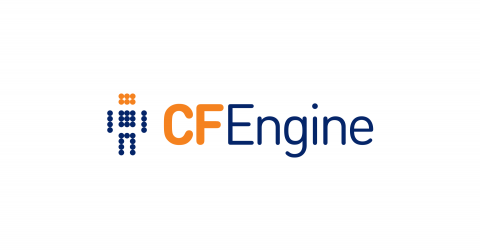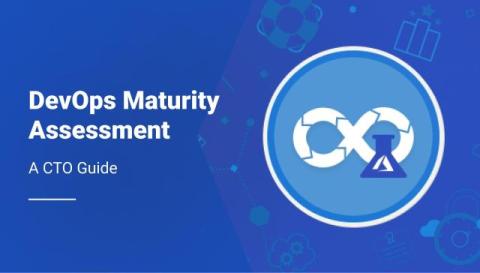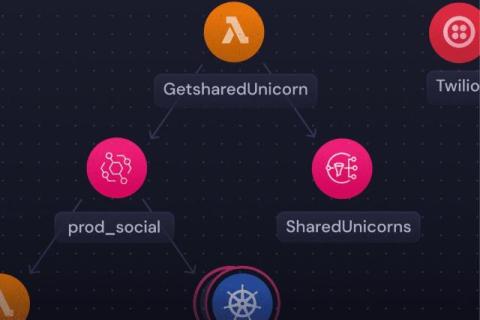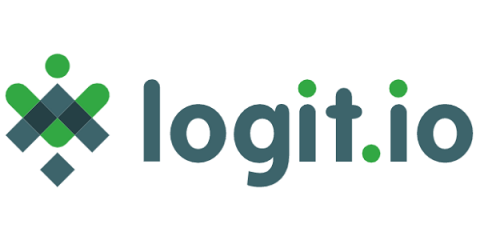Feature Friday #26: Groups custom promise type
There’s a users promise type for managing local users. However, did you know there is also a custom one for managing local groups? You might have seen it mentioned in the CFEngine Build announcement, the blog post on Managing local groups, or in the announcement supporting custom bodies post. But let’s take another look. The easiest way to integrate the groups custom promise type is by using cfbs, simply cfbs add promise-type-groups in your project.











